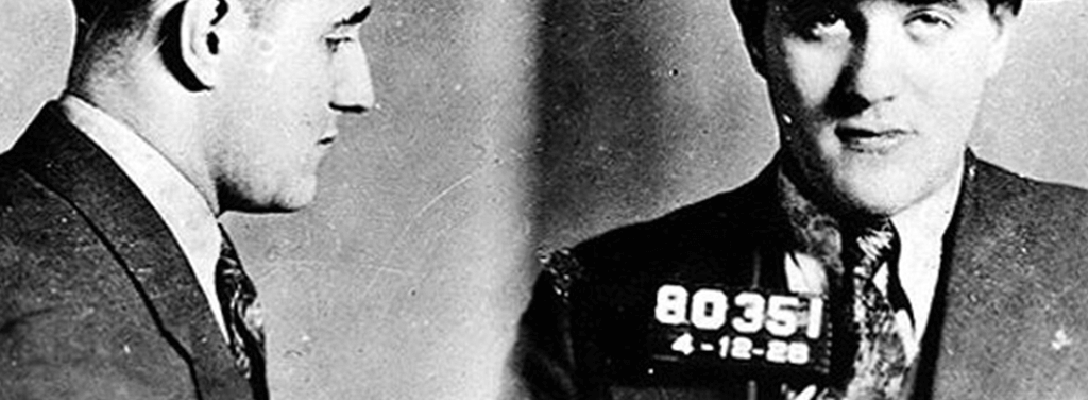
Las Vegas might be a fairly young city, but it certainly isn’t lacking in a rich history. Before the city we know and love existed, the area was occupied by a number of animals and people going on with their life – which was far different from the glitz and glam of today! Find ways to immerse yourself and get up close and personal with the history of Vegas at the seven historic Las Vegas landmarks below, and you’ll see just how rich the past of Las Vegas (and earlier) really was.
This oasis of grass, ponds, and cottonwood trees has been popular even before humans arrived. Home to Tule Springs Ranch, the springs were visited by mammals from the Pleistocene age. Fossils of extinct mammoths, bison, horses, camels, giant sloths, and more have been found here. The springs at Floyd Lamb State Park later served as a watering hole for prospectors, and then in 1916 became home to a blacksmith shop. In the 1920s, it was a self-supporting ranch and a retreat for prospective divorcees. This park has a lot of history packed into one Las Vegas landmark, making it the perfect place to explore and truly immerse yourself in what Vegas used to be!
Las Vegas was once a dusty stop on a mail service trail between Salt Lake City and Los Angeles and a series of natural springs refreshed travelers en route. In 1855, the Mormon Church settled in this area and built a permanent structure. The oldest non-Indian structures in Southern Nevada, these adobe buildings, are also the oldest historic buildings standing here today. It might not look like the most riveting spot due to its age and condition, but it’s still a must-see for history buffs! The Old Las Vegas Mormon Fort is open to visitors interested in learning about Las Vegas history, and it’s just steps away from the city’s cultural corridor near Downtown Las Vegas.
This is where it all really started a few hundred years ago. Although it might not look like it, Springs Preserve is the birthplace of Las Vegas. Spanning over 180 acres, this Vegas landmark is where you can learn about the city’s past, present, and future. When visiting the preserve, you can explore art exhibits, hiking trails, and even some shows for an exciting combination of nature and history. The preserve has become the home to the Nevada State Museum that explores the history of the silver state starting in the prehistoric era, giving visitors an even more well-rounded view of Las Vegas’ early history. Currently, general admission tickets must be reserved online in advance.
In 1906, the first hotel opened in Las Vegas. Then called the Hotel Nevada, it later became the Golden Gate in 1955, making Golden Gate Hotel & Casino the first Las Vegas hotel, setting the standard for Las Vegas hospitality. Golden Gate has a rich Las Vegas hotel history, from Prohibition Era and the Roaring 20s. But the hotel lives on today, better than ever, paying homage to our past with our vintage feel and Bar Prohibition! If you really want to immerse yourself in Vegas history, take a walk around the hotel to find some historic hidden gems. You can also book one of the Original 10 rooms – we can’t think of a better way to experience the city’s history.
The Hoover Dam is the pride and joy of historic landmarks near the beautiful city of Las Vegas. With the construction of the dam, Vegas began to thrive as thousands of workers came to the city. And with them, came the development of Fremont Street, which was the city’s only paved road at the time. Due to the abundant electricity from the dam, neon in Las Vegas turned night into day, earning Downtown Las Vegas the name of Glitter Gulch in the 1940s. The Hoover Dam was built ahead of schedule, under budget, and is now considered one of the top 10 construction achievements of the 20th century.

One of the most well-known and infamous phases of Las Vegas was when the mob had a run of the city in the early 1900s. Head over to a historic Las Vegas landmark that shows the scandalous side of the city’s history. The Mob Museum is located downtown at the first federal courthouse where many of these mobsters were sentenced for their crimes. The interactive attraction will have your eyes wide open in disbelief and grateful for the Vegas we have today. Get ready to jump in the time machine, because this is true vintage Vegas. And if you want to experience the more glamorous side of this period, be sure to check out the speakeasy in the museum.
The Neon Museum, also known as the Neon Boneyard, might be the coolest graveyard you’ll ever visit. Spreading over two acres, there’s plenty to explore. If you’ve ever wondered what happens with the city’s retired neon signs, this is the place to go. You’ll tour past the Moulin Rouge Sign, the Treasure Island skull, and the “atomic” Stardust sign. While you can visit the museum during the day or at night, taking a night tour is truly magical as all the lights are illuminated. After you’ve visited the Neon Museum, be sure to stop by Circa Resort to grab a drink at Vegas Vickie’s where you can see another historic Las Vegas neon sign in a totally different setting.
At Golden Gate, we know a thing or two about the history of Las Vegas, and it has been an honor to grow with the city. Be sure to check out these historic Las Vegas landmarks to learn more about the rich and vibrant past of this amazing city. Book a room at Golden Gate to start making your own Vegas history, or book one of the Original 10 rooms to stay right where Vegas really started!